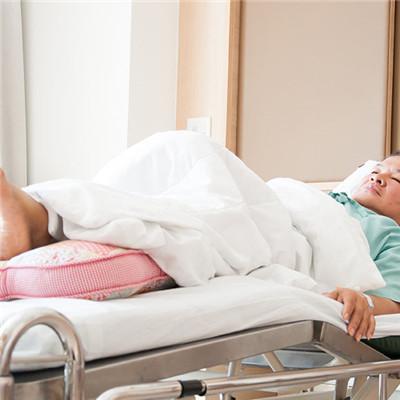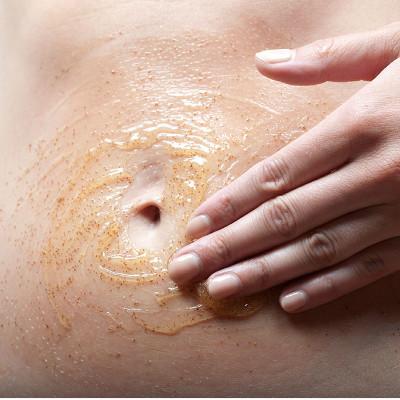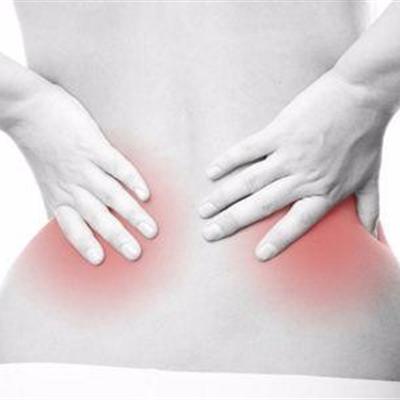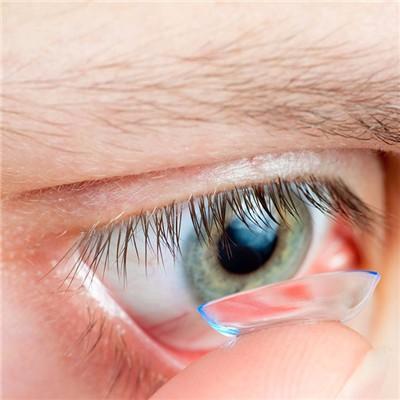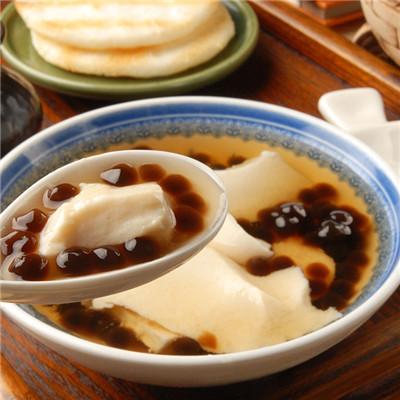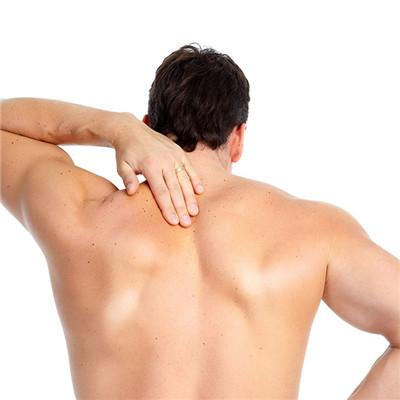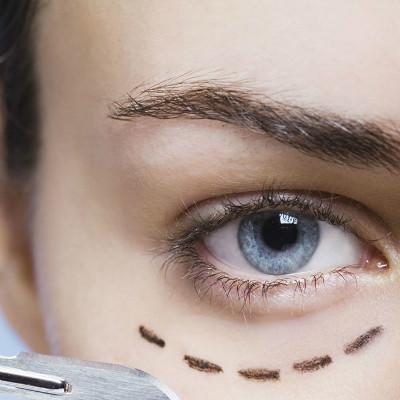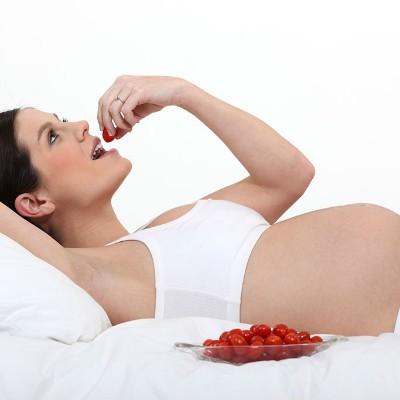Neonatal lacrimal duct obstruction symptoms?
summary
My friend's baby has a lot of eye excrement. It turns yellow and pastes his eyes. Sometimes it can stick to his eyes, and then the baby is full of tears all day. The doctor said that lacrimal duct obstruction is a common and frequently occurring disease in ophthalmology. It often occurs at the junction of lacrimal point, lacrimal canaliculus, lacrimal sac and nasolacrimal duct, as well as at the lower mouth of nasolacrimal duct. The main symptom is epiphora. If the treatment is not thorough, there is a risk of latent intraocular and external infection. The treatment principle is to control the inflammation of lacrimal sac and to restore or establish the drainage channel from lacrimal sac to nasal cavity. Let's take a look at the following.
Neonatal lacrimal duct obstruction symptoms?
First, parents should understand that lacrimal duct obstruction is caused by the fact that the lower end of nasolacrimal duct is not fully developed during a period of time when the newborn is just born, and it is blocked by a layer of congenital residual film or epithelial cell debris, causing lacrimal duct obstruction. Because neonatal dacryocystitis is caused by congenital lacrimal duct hypoplasia, it is also called "congenital dacryocystitis"
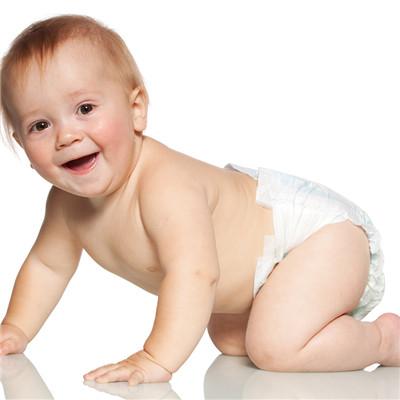
Second: the parents of patients should know that the child has a lacrimal duct plug, can go to the hospital to wash the lacrimal duct under pressure, and break the film. If the above two methods are invalid, lacrimal passage probing can be used to puncture the film with probe to make lacrimal passage unobstructed. But if the lacrimal passage is blocked due to bone stenosis or nose deformity, surgery or other methods should be considered to make the lacrimal passage unobstructed.
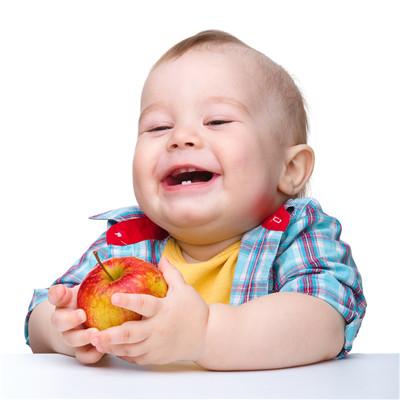
Third: parents of patients should know that if the child is diagnosed with neonatal dacryocystitis, parents should not be too anxious, because the lacrimal passage of several infants is still in the stage of continuous development within 6 months, conservative treatment can be taken first. Generally, antibiotic eye drops are used locally, combined with massage of the skin (dacryocyst) at the large corner of the eye, to promote the flow of tears to the nasolacrimal duct, 2-3 times a day, and 4-6 times for severe cases, 1 minute each time. After such treatment for a period of time, the film will rupture itself, and the lacrimal passage will be unobstructed.

matters needing attention
The parents of the patients should pay attention to the appropriate dacryocyst area massage from top to bottom on the side of the bridge of nose of the children's eyes every day. During the massage, the fingers should not slide or rub on the skin, but use the thumb close to the skin to apply the force on the subcutaneous dacryocyst area to make it slide and rub from top to bottom. Such massage can be carried out 4-6 times a day. At the same time, it should be combined with topical antibiotic eye drops, 3-4 times a day, 1-2 drops each time. Wipe the tears with cotton swab before dropping.
